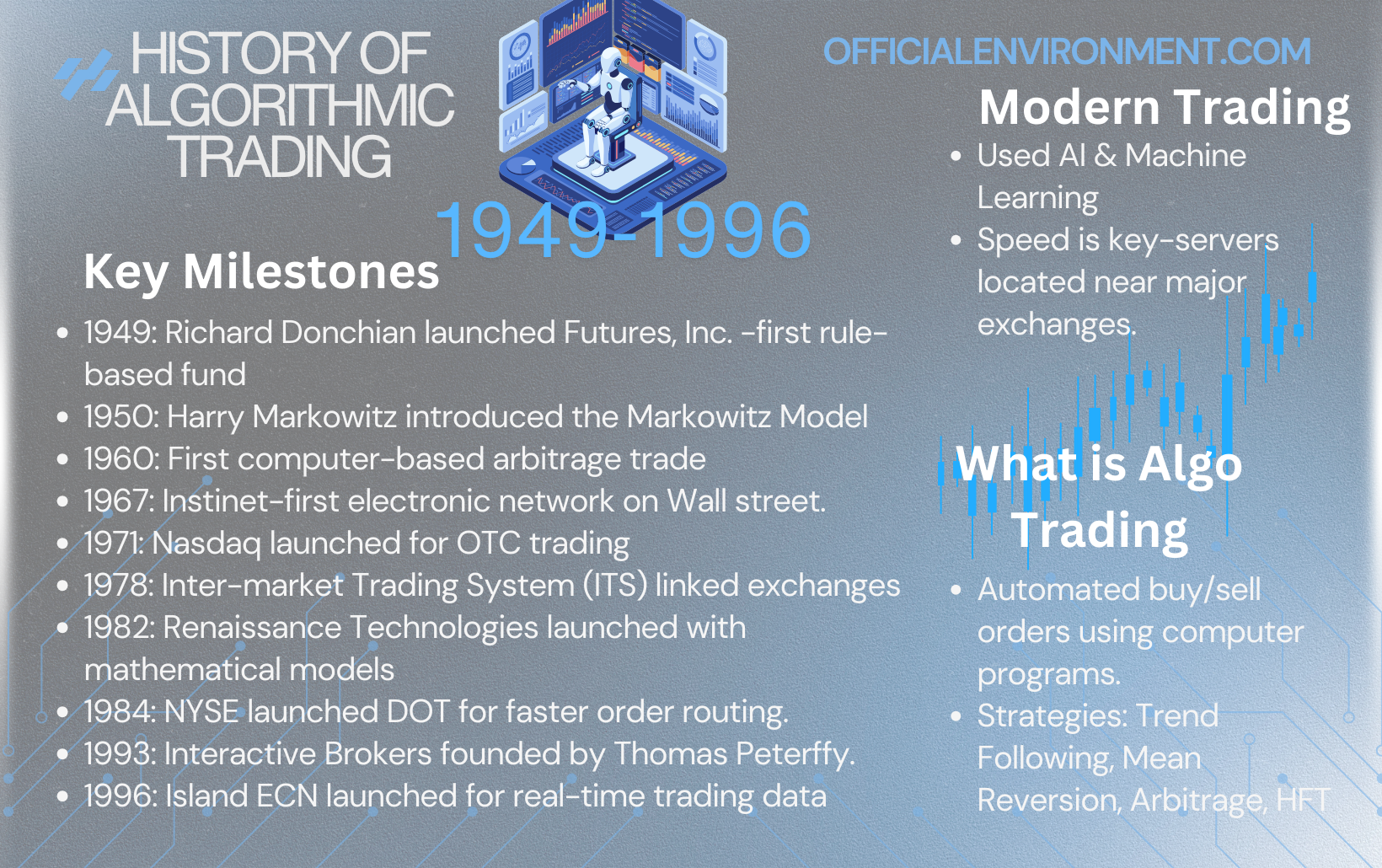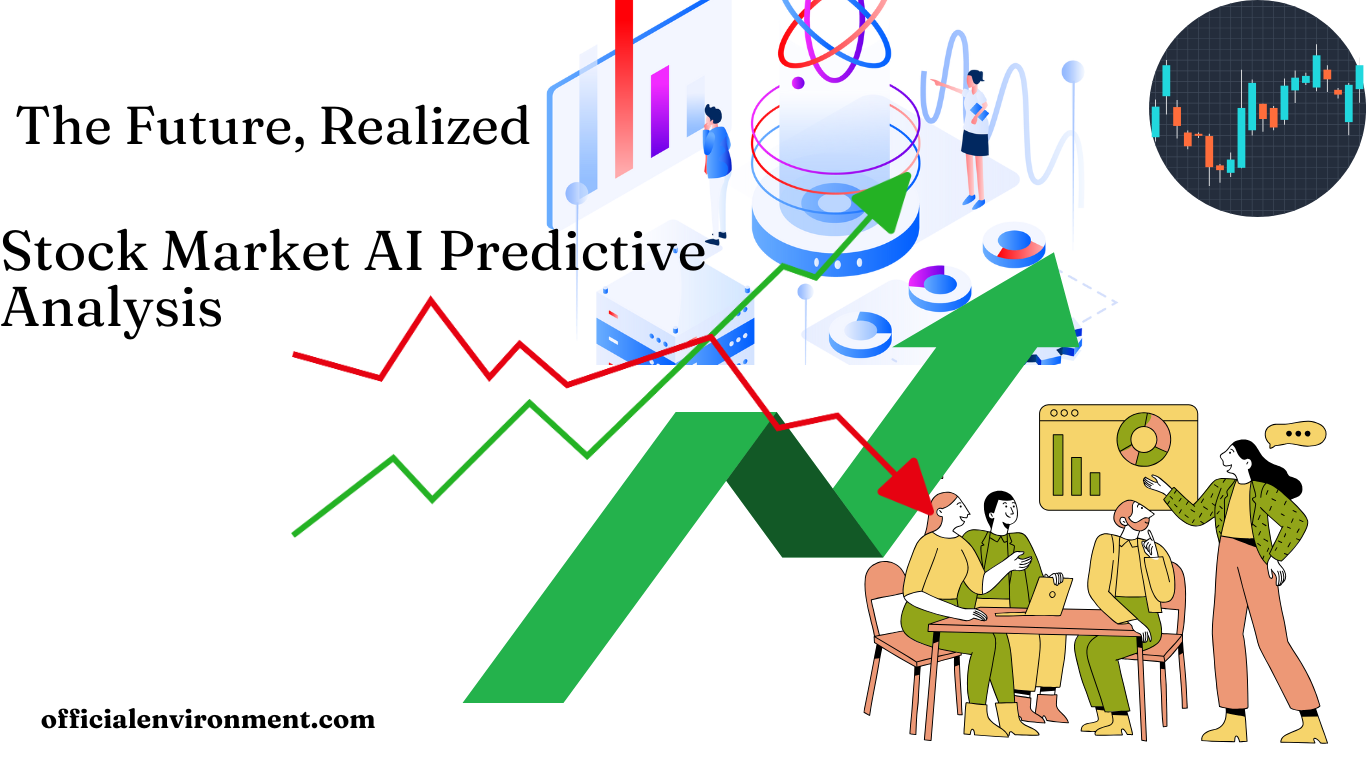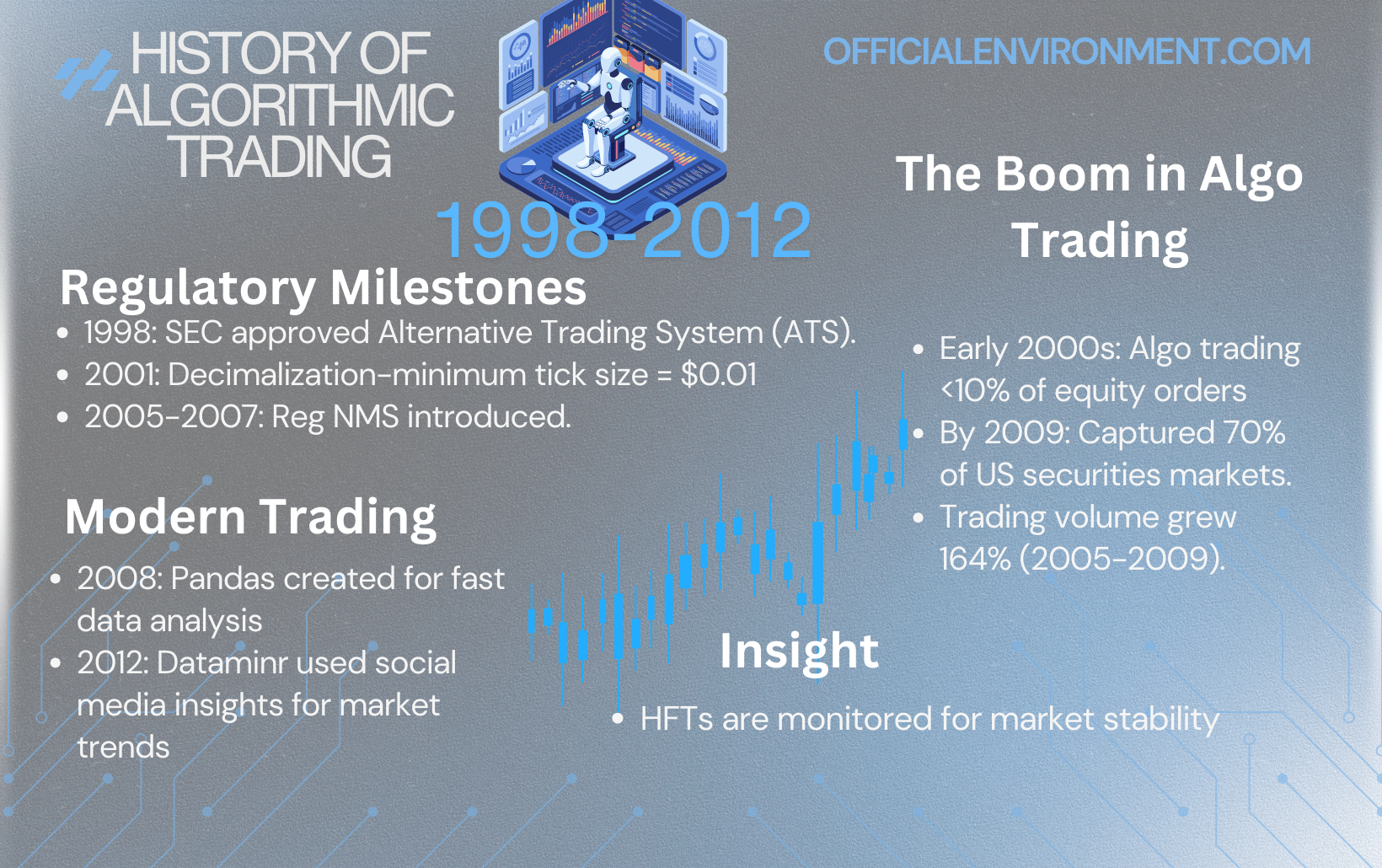In the ever-evolving landscape of finance, the intersection of data science and the stock market has ushered in a new era of strategic decision-making and predictive analytics. This dynamic duo has transformed the traditional approaches to stock market analysis, providing investors and financial institutions with unparalleled insights and opportunities. In this comprehensive article, we will explore the symbiotic relationship between data science and the stock market, highlighting critical methodologies, applications, and the future trends that are shaping this transformative landscape.
The Evolution of Stock Market Analysis: From Tickers to Algorithms
The historical trajectory of stock market analysis has undergone a remarkable transformation. From the days of manual trading on bustling floors, relying on ticker tapes and fundamental analysis, we have transitioned into an era where sophisticated algorithmic trading systems dominate the landscape.
Data science has played a pivotal role in this evolution, enabling market participants to leverage advanced analytics, machine learning, and artificial intelligence for more informed decision-making. This shift has not only accelerated the speed of trading but has also introduced a new paradigm for risk management, portfolio optimization, and market prediction.

Key Pillars of Data Science in Stock Market Analysis
Predictive Modeling and Machine Learning
One of the cornerstones of data science in stock market analysis is predictive modeling through machine learning algorithms. These algorithms analyze vast historical market data, identifying intricate patterns and trends that may serve as indicators for future price movements.
Investors and traders leverage machine learning models to forecast stock prices, optimize trading strategies, and manage risks more effectively. The ability of these models to process real-time data and adapt to changing market conditions provides a dynamic approach to decision-making.
Sentiment Analysis and Social Media Mining
The rise of social media platforms has given birth to a treasure trove of data that can influence market sentiments. Data scientists employ sentiment analysis to gauge public perception and emotions surrounding specific stocks, commodities, or financial markets. Natural language processing algorithms sift through news articles, tweets, and online forums to discern sentiment trends.
Understanding public sentiment allows investors to anticipate market movements influenced by social factors. Sentiment analysis provides an additional layer of information that complements traditional financial indicators, enhancing the overall predictive power of stock market models.
Algorithmic Trading Strategies
Algorithmic trading, commonly known as algo trading, is a prime example of the integration of data science in the stock market. These computerized trading systems execute orders at unprecedented speeds, leveraging algorithms to analyze market data, identify opportunities, and execute trades with minimal human intervention.
Various algorithmic trading strategies, such as trend following, mean reversion, statistical arbitrage, and high-frequency trading, exploit market inefficiencies and capitalize on minute price differentials. Data scientists continuously refine and optimize these algorithms to adapt to ever-changing market conditions, creating a seamless blend of technology and finance.

The Role of Big Data in Stock Market Analytics
The financial markets generate an immense volume of real-time data, including market prices, news updates, and macroeconomic indicators. Efficient processing of this real-time data is crucial for making split-second decisions. Big data technologies, such as Apache Kafka and Apache Spark, facilitate the seamless ingestion, processing, and analysis of massive datasets.
Real-time data processing enables traders and analysts to react swiftly to market events, execute trades at optimal moments, and adjust strategies based on emerging trends. The ability to extract insights from real-time data enhances the agility of market participants, providing a competitive advantage in dynamic market environments.
Historical Data Analysis for Strategy Back testing
While real-time data is essential for immediate decision-making, historical data analysis is equally vital for developing and testing trading strategies. Data scientists use historical market data to back test algorithms, evaluating their performance against past market conditions. This iterative process helps refine strategies, identify potential pitfalls, and optimize algorithms for robustness.
Big data analytics allows for the analysis of vast historical datasets, uncovering patterns, correlations, and anomalies that may inform the development of more effective trading strategies. The insights gleaned from historical data contribute to the continuous evolution and improvement of algorithmic trading systems.
The Evolution of Risk Management with Data Science
Robust risk management is a cornerstone of successful investing, and data science has brought sophisticated risk modeling and simulation techniques to the forefront. Monte Carlo simulations, for instance, enable investors to assess the potential impact of various scenarios on their portfolios. Data-driven risk models help quantify market, credit, and operational risks, providing a more comprehensive understanding of potential downsides.
By incorporating probabilistic models and simulations, investors can make more informed decisions, ensuring that their portfolios are resilient to unforeseen events. Data science not only identifies risks but also facilitates the development of strategies to mitigate and hedge against them.
Fraud Detection and Cybersecurity
In an era of digital transactions and electronic trading, the financial industry is susceptible to cyber threats and fraudulent activities. Data science plays a crucial role in developing robust fraud detection systems that analyze transaction patterns, identify anomalies, and flag potentially fraudulent activities.
Cybersecurity in the financial sector relies on advanced data analytics to detect and prevent cyber threats. Machine learning algorithms can identify patterns indicative of malicious activities, providing a proactive defense against cyberattacks that could compromise financial systems and disrupt market operations.
Challenges and Ethical Considerations in Data-Driven Finance
Overcoming Data Quality Issues
While the abundance of data is a boon for data scientists, the quality of the data is paramount. Only accurate or complete data can lead to accurate analyses and reliable predictions. Data scientists must grapple with data cleaning, normalization, and validation processes to ensure the accuracy and integrity of the data used in financial models.
Moreover, the challenge of handling unstructured data from diverse sources, including social media and news articles, requires sophisticated natural language processing techniques to extract meaningful insights.
Ethical Considerations in Algorithmic Trading
The increasing reliance on algorithms in trading raises ethical considerations, particularly regarding market manipulation, biased algorithms, and systemic risks. Data scientists and financial institutions must prioritize transparency, fairness, and ethical behavior in the development and deployment of algorithmic trading strategies.
Regulatory bodies are actively addressing these concerns, emphasizing the need for responsible and ethical practices in algorithmic trading. Striking a balance between innovation and ethical considerations is crucial for maintaining the integrity of financial markets.
Future Trends and Opportunities in Data Science and Finance
Integration of Explainable AI in Financial Models
As artificial intelligence continues to advance, there is a growing emphasis on explainable AI (XAI) in financial models. Investors and regulators are demanding transparency in AI-driven decision-making processes to understand how algorithms arrive at specific outcomes. Data scientists are exploring methods to make complex AI models more interpretable, ensuring accountability and trust in financial applications.
Quantum Computing and Financial Modeling
The nascent field of quantum computing holds immense promise for revolutionizing financial modeling. Quantum computers, with their ability to process vast amounts of data simultaneously, have the potential to solve complex economic equations at unprecedented speeds. This could enable more accurate risk assessments, optimization of trading strategies, and accelerated development of sophisticated financial models.
Personalized Financial Services
Data science is paving the way for a more personalized approach to financial services. By analyzing individual spending patterns, investment preferences, and risk tolerances, financial institutions can tailor their offerings to meet the unique needs of each client. Machine learning algorithms can provide personalized investment advice, optimize asset allocations, and enhance the overall financial planning experience for individuals.
Sustainable Finance with ESG Data
The integration of environmental, social, and governance (ESG) factors in investment decisions is gaining prominence. Data science facilitates the analysis of ESG data, allowing investors to assess the sustainability and ethical impact of their portfolios. This trend aligns with the growing awareness of responsible investing, where investors seek financial returns while contributing to positive environmental and social outcomes.
In Conclusion: Navigating the Future of Finance with Data Science
The fusion of data science and the stock market has propelled financial analysis into a new era of sophistication and efficiency. As technology continues to advance, the role of data science in finance will undoubtedly expand, unlocking new possibilities and reshaping traditional paradigms. Investors, financial institutions, and data scientists alike must adapt to this evolving landscape, embracing innovation while adhering to ethical considerations that uphold the integrity of financial markets. The future holds exciting opportunities for those who harness the power of data science to navigate the complexities of the stock market with precision and foresight.







